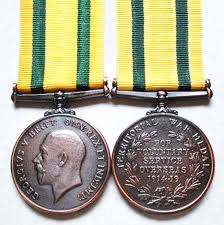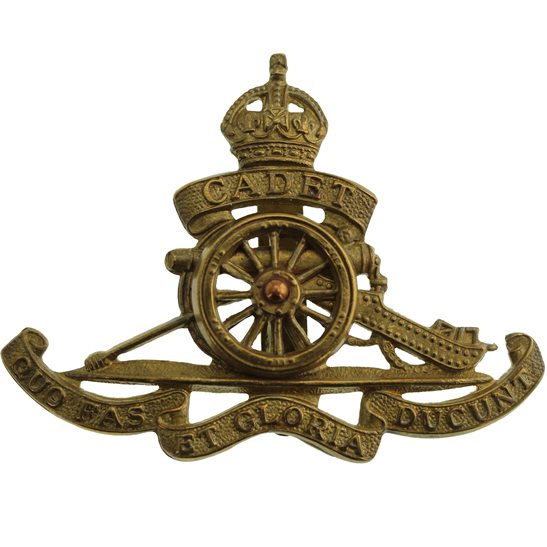Personal Details
Born: 11 May 1887.
Family: The fourth son of Samuel and Hannah France of Higher Heath, Prees, Shropshire. Herbert married Alice Ridgway in 1923 and they had 2 children together – Marjorie J and William H.
Civilian Occupation: Herbert was a blacksmith by trade. In 1939 his occupation was an estate sawyer.
Residence: At the outbreak of war, Herbert was still living with his parents. In 1939 he was residing at 10 Calverhall, Whitchurch, Shropshire.
Died: In December 1972.
Military Details
Regiment: Royal Field Artillery (previously Shropshire Yeomanry and Royal Garrison Artillery)
Rank: Corporal
Service Number: 138227 (previously 1725 and 313782)
Date of Enlistment: 16 June 1914
Date of Discharge: 23 April 1919
Reason for Discharge: Demobilisation
Other Information: He enlisted at Oswestry and initially joined the Shropshire Yeomanry but was transferred to the Royal Field Artillery. In 1917 he was posted to the Balkans where he contracted malaria.
Herbert was awarded the Territorial Force War Medal and the Campaign Medals (British War Medal, and Victory Medal).

The Territorial Force War Medal was a campaign medal awarded to members of the British Territorial Force and Territorial Force Nursing Services who served overseas in World War I; it is the rarest of the five British Great War medals.
The medal was established in April 1920 for award to members of the Territorial Force and Territorial Force Nursing Services who volunteered for service overseas on or before 30 September 1914, and served overseas. They had to have been serving with the force on 4 August 1914 or have completed four years service with the force before 4 August 1914 and rejoined the force on or before 30 September 1914.

The British War Medal (also known as 'Squeak') was a silver or bronze medal awarded to officers and men of the British and Imperial Forces who either entered a theatre of war or entered service overseas between 5th August 1914 and 11th November 1918 inclusive. This was later extended to services in Russia, Siberia and some other areas in 1919 and 1920. Approximately 6.5 million British War Medals were issued. Approximately 6.4 million of these were the silver versions of this medal. Around 110,000 of a bronze version were issued mainly to Chinese, Maltese and Indian Labour Corps. The front (obv or obverse) of the medal depicts the head of George V. The recipient's service number, rank, name and unit was impressed on the rim.
The Allied Victory Medal (also known as 'Wilfred') was issued by each of the allies. It was decided that each of the allies should each issue their own bronze victory medal with a similar design, similar equivalent wording and identical ribbon. The British medal was designed by W. McMillan. The front depicts a winged classical figure representing victory. Approximately 5.7 million victory medals were issued. Interestingly, eligibility for this medal was more restrictive and not everyone who received the British War Medal ('Squeak') also received the Victory Medal ('Wilfred'). However, in general, all recipients of 'Wilfred' also received 'Squeak' and all recipients of The 1914 Star or The 1914/1915 Star (also known as 'Pip') also received both 'Squeak' and 'Wilfred'. The recipient's service number, rank, name and unit was impressed on the rim.

